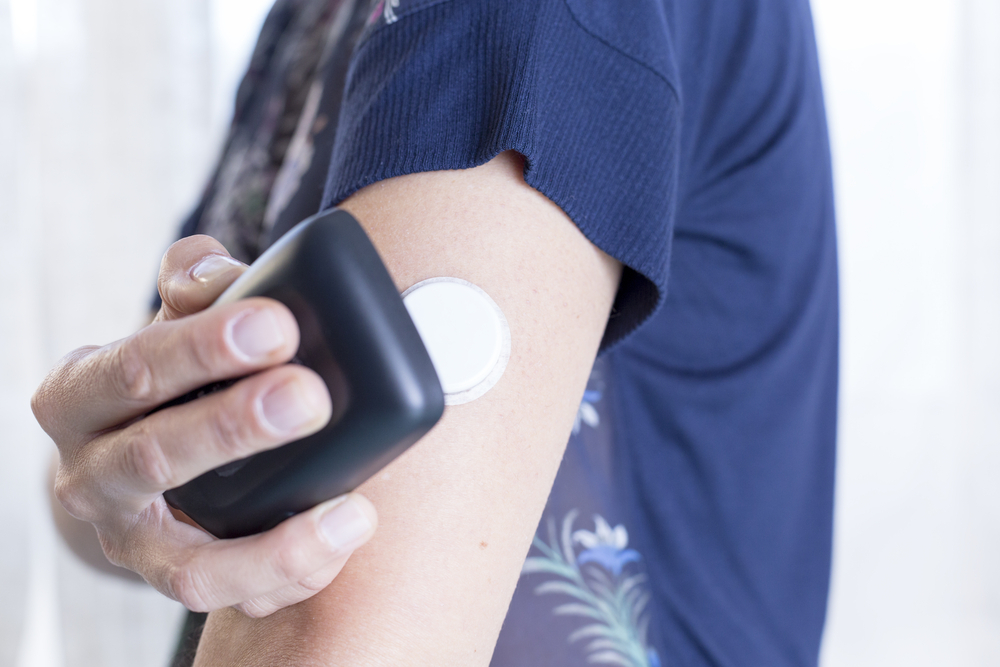How the Public Health Emergency Act affected CGM device coverage
Diabetes technology has come a long way in recent years, and continuous glucose monitoring (CGM) makes it easier than ever to manage the chronic condition. That's good news for the 37.3 million Americans living with diabetes and the 1.4 million Americans who will be diagnosed with it this year. Yet until recently, Medicare beneficiaries had to jump through a variety of hoops to get a CGM device covered by insurance.
That all changed in January 2020 with the passage of the COVID-19 Public Health Emergency (PHE) Act, which allowed the Centers for Medicare & Medicaid Services (CMS) to loosen CGM device restrictions. Some of these changes could expire with the PHE, which is expected to end in 2023, but others have already been made permanent.
How has the PHE affected CGM coverage? What does this expanded access mean for healthcare professionals and their patients? And what happens next?
How COVID-19 changed CGM device coverage
Early on in the COVID-19 PHE, CMS used a combination of emergency authority waivers and regulation changes to modify payment rules and make insurance coverage more flexible for healthcare providers and patients. In an effort to reduce the need for in-person care, CMS expanded telehealth access and dropped regular physician face-time requirements for drug and medical equipment coverage.
Before the pandemic, Medicare beneficiaries using a CGM device (which is categorized as "durable medical equipment") had to meet with their physicians in person to be prescribed a device and again anytime they needed refills for testing supplies. They were also required to perform manual blood sugar "fingerprick tests" four times per day to maintain coverage for CGM therapy.
CMS has dropped both of these requirements during the PHE. Treating physicians are still required to submit a standard written order for all prescribed items and must provide medical equipment suppliers with documentation stating that they have had a face-to-face visit (in-person or via video) with the patient within the past six months.
The benefits of using a CGM device
Relaxing CGM device rules has empowered more people to use them, and adoption rates increased 42% between February 2020 and September 2021. That's a positive improvement, according to the American Diabetes Association, which explains: "CGMs provide users with real-time, dynamic information about their blood glucose levels around the clocks and alerts to prevent dangerous high or low glucose levels, leading to better diabetes management and ultimately improved health outcomes."
A growing body of research backs up those claims. For example, in a 2-year study of 74,000 people, using CGM reduced hospitalizations for diabetic ketoacidosis, severe hypoglycemia, diabetes-related comas, and hyperglycemia by 49% for people with type 1 diabetes and 48% for those with type 2 diabetes. Patients also seemed to prefer the CGM system because 98.1% still used the system after one year, and 88% still used it after two years.
What happens after the PHE?
The PHE could expire as early as December 2022, but Xavier Becerra, Secretary of The Department of Health and Human Services, has promised to give 60 days' notice before ending it. CMS has also committed to investigating which temporary changes should become permanent, noting, "We determined that some of these measures should remain in place even after the end of the PHE to promote innovation, maintain or improve quality, advance health equity, and expand access to care."
So far, there's been no word on whether in-person meeting requirements will resume post-PHE, but the "fingerstick requirement" is already a thing of the past. Beginning on July 18, 2021, Medicare permanently overturned the rule, making CGM usage simpler, less uncomfortable, and more affordable.
The American Diabetes Association considers this "a huge win," explaining, "One out of five people on Medicare have diabetes, and the elimination of the fingerstick requirement means Medicare beneficiaries with diabetes will have easier access to this critical technology."
Interested in learning more about the benefits of CGM therapy? Check out this article on Edgepark's HealthInsights.




